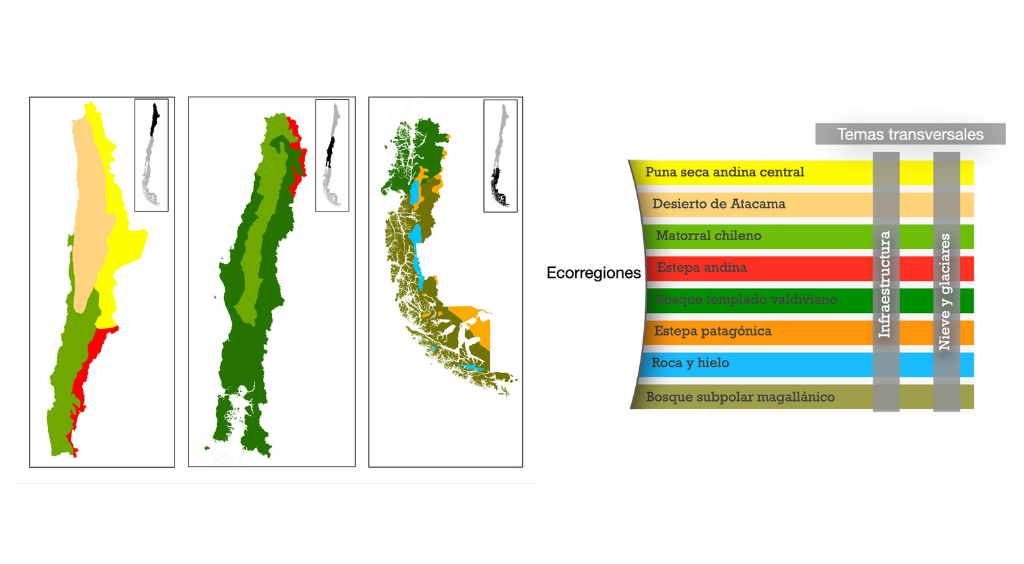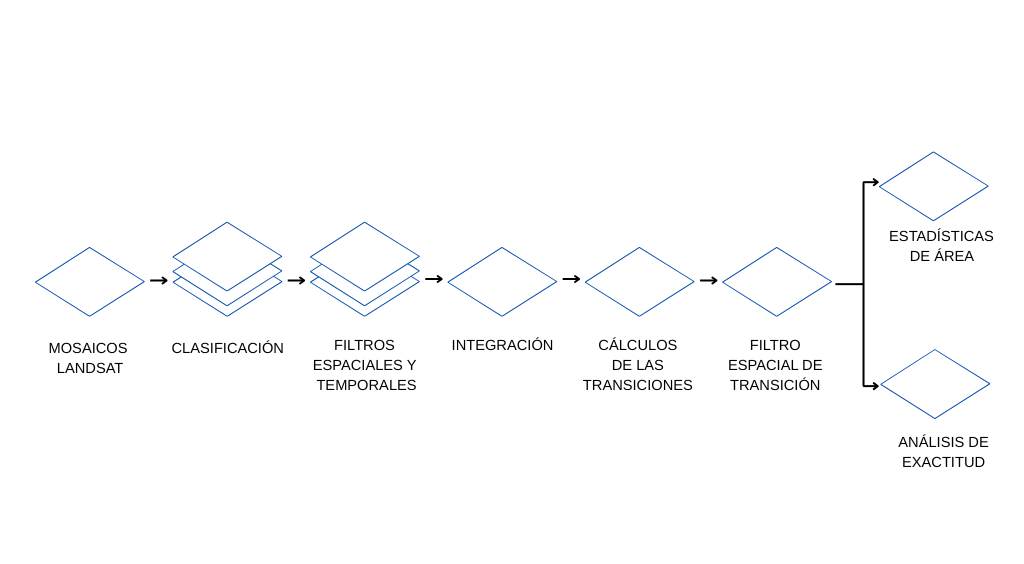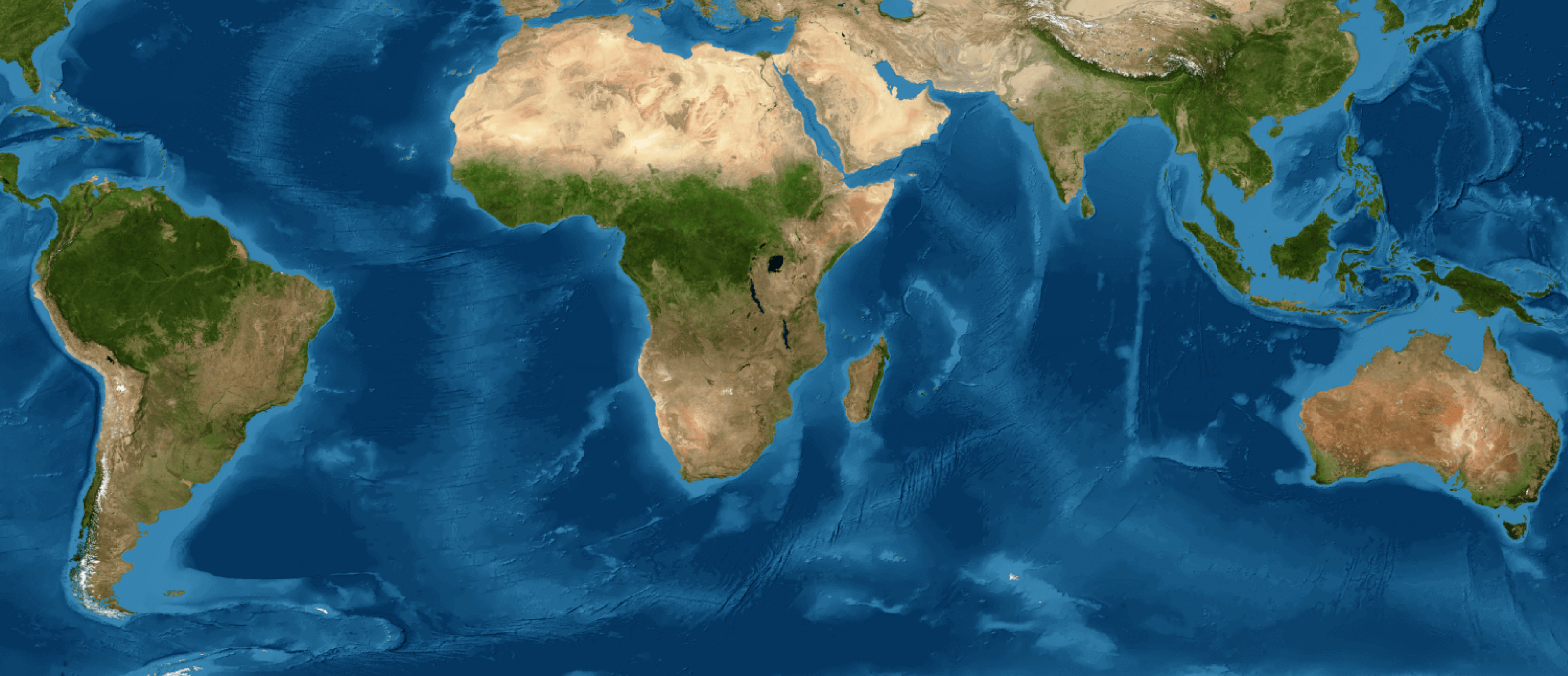METODOLOGÍA MAPBIOMAS CHILE – COLECCIÓN 2.0
Below you will find the main features, how the work is organized and an overview of the MapBiomas Chile method for generating land cover and land use maps and transition/land use change maps between different years.
You can access the ATBD (Algorithm Theoretical Basis Document) with all the methodology description and algorithms by accessing the link below.
[DOWNLOAD COMPLETE METHODOLOGY - ATBD]
GENERAL CHARACTERISTICS
All annual land cover and land use maps of the MapBiomas Chile are produced from the pixel-by-pixel classification of Landsat satellite images. The whole process is carried out on the Google Earth Engine platform which offers immense cloud processing capabilities.
HOW WE ARE ORGANIZED
To carry out the mapping, teams of remote sensing specialists, programmers, and conservation and land-use experts organized themselves into eight ecoregions: 1. Central Andean Dry Puna, 2. Atacama Desert, 3. Andean Steppe, 4. Chilean Matorral, 5. Valdivian Temperate Forest, 6. Patagonian Steppe, 7. Magellanic Subpolar Forest, and 8. Rock and Ice. More details can be found in the “Who We Are” section.

METHODOLOGY OVERVIEW
The diagram below illustrates the main stages in the process of generating the annual MapBiomas Chile land cover and land use maps and transition maps.


